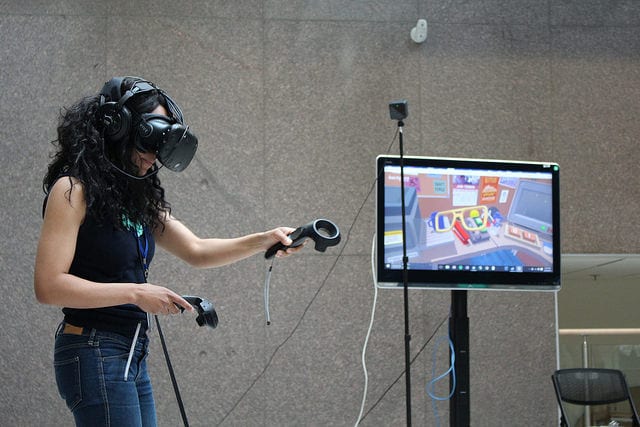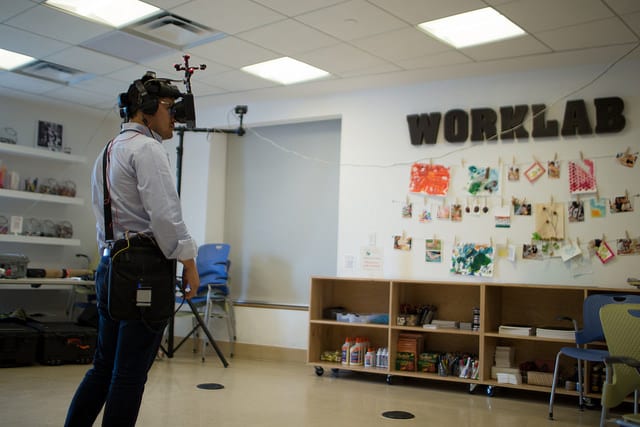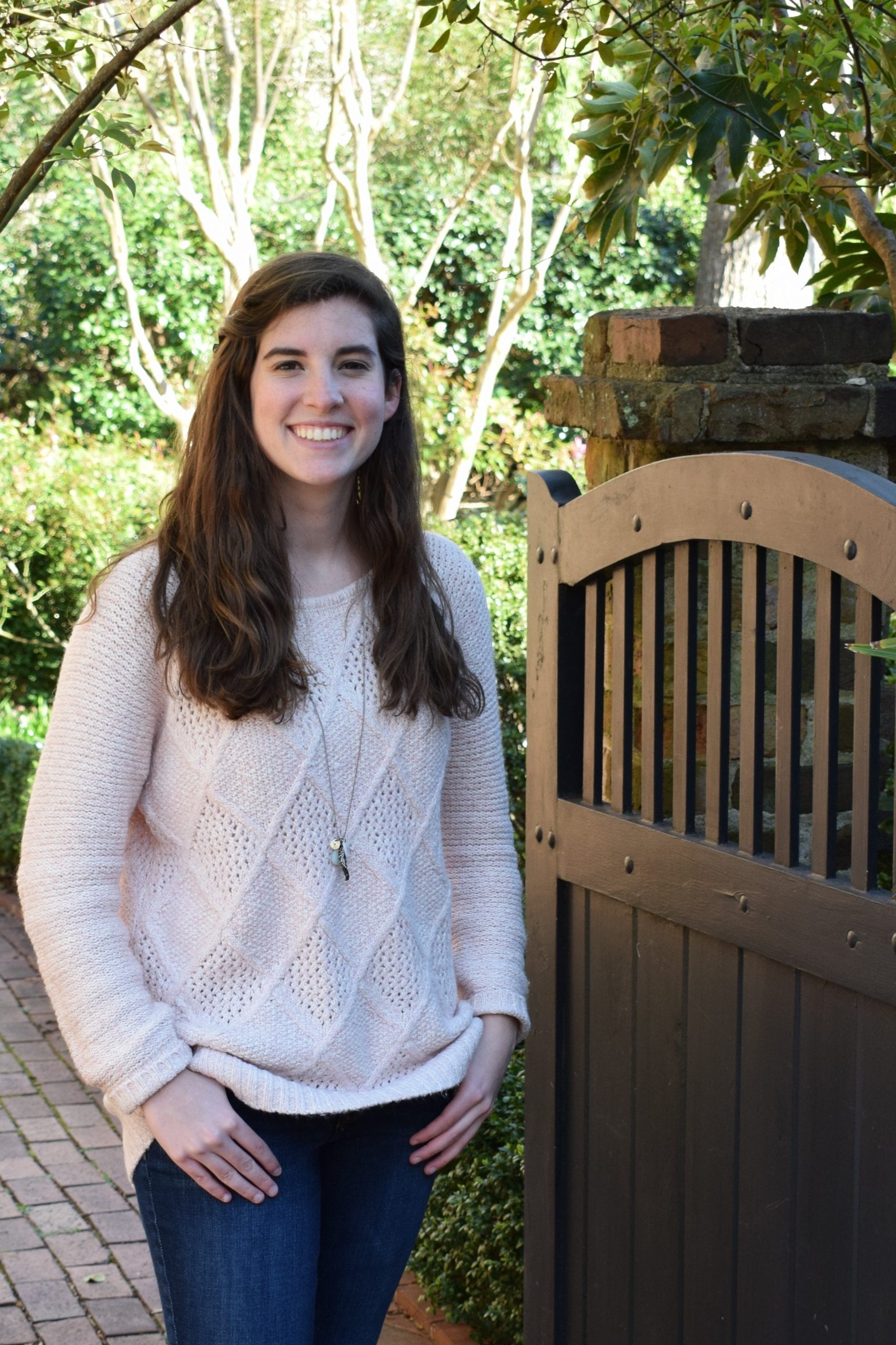It is a blazing hot summer day in August of 2014, and I am a bright-eyed, bushy-tailed freshman at the University of Georgia about to attend my very first college class. The class is Introductory Physics, a fundamental course for an engineering major such as myself. Fast forward to a month later, however, and I am struggling immensely. I sit through lecture after lecture where the professor attempts to explain the concepts with messy drawings on a whiteboard, and then assigns homework that appears to be written in a different language. It isn't cutting it for me. I need some way to visualize these concepts in three dimensions and connect with them firsthand.
What if there had been a solution to my problem when I was a freshman? What if virtual reality (VR) was employed in my class to help students understand challenging topics?
So what exactly defines virtual reality? NASA says virtual reality is “the use of computer technology to create the effect of an interactive three-dimensional world in which the objects have a sense of spatial presence.†If you've read Ernest Cline's dystopian fiction novel Ready Player One, you may be imagining an all-out immersive system, complete with goggles, gloves, and a suit that reacts to the virtual world around you, helping you feel as if you are truly there. Thinking more in terms of the present day, perhaps something like Google Glass comes to mind, the futuristic glasses that made headlines a few years ago by promising to bring your most used smartphone features to life, literally right before your eyes.

For visual learners like myself, and for other students looking for a more creative, hands-on approach to learning, VR proves to be an invaluable tool. VR adds a personal component to education, as students are able to interact with the concepts firsthand in a simulated real-world environment. A recent survey of K-12 teachers revealed that 93% of teachers believed their students would be excited to see virtual reality implemented in the classroom, and 83% said they felt virtual reality could help improve learning.
In fact, research performed at a high school compared test scores of students who were taught using the VR environment versus a control group of students taught with traditional methods. In the end, the students in the VR group scored on average a full 20 points higher on a test administered to both groups. According to Forbes, VR makes the information in question easier to understand and retain, leading to higher test scores in the classroom and improved memory.

With all of the recent improvements and wider availability, teachers and professors are taking advantage of VR and its capabilities. As a matter of fact, VR technology is being applied right here at the University of Georgia in a variety of departments. In the Geography Department, for example, students are currently using a VR sandbox where, with a pair of VR goggles on, they can mold the sand inside and visualize the terrain they have molded and its topographical properties. It’s developers at the Center for Geospatial Research state that “The system teaches geography, geology, hydrology and geomorphology, from basic map reading to the meaning of contour lines, watersheds, slope, and associated processes,†in order to enhance a student's understanding of the concepts at hand.
In the College of Engineering, Dr. Kyle Johnsen is using virtual reality to teach elementary school children about making healthy food choices. The students are each given a virtual dog that they can interact with through VR goggles, and the dog's health is based on the amount of fruits and vegetables the students eat per day. The virtual dog's health and energy improves when they reach their healthy eating goal. On the power of VR as a teaching tool, Dr. Johnsen states that “The foundation of my research into building better simulators in education is that social, context-rich, active, hands-on activities are extremely powerful learning vehicles. It would be hypocritical of me to teach my own classes in any other way, and I've greatly enjoyed the transition from the lecture-oriented approach.â€
It is encouraging to see this incorporation of innovative, hands-on approaches in the classroom beginning to take place. With continued implementation of VR in education, the “freshman struggle†that I experienced could become a thing of the past. A need for VR learning is certainly present, as it could help drastically improve learning outcomes for students.
Featured Image Credit: Free Image via pxhere
 Savanah Jackle is an undergraduate student studying Biological Engineering with an emphasis in biomedical engineering at the University of Georgia. In addition to her studies, Savanah loves working with elementary school children to teach them about STEM concepts. With her education and training, she would like to go into either medical machine design or the prosthetics industry, and also continue her work in encouraging young women to pursue careers in engineering. If she's not hanging out in Driftmier Engineering Center, you can find Savanah hiking outside or trying hopelessly to keep up with her crazy beagle, Olive. And no, that's not a typo. She really spells her name with one “n.†You can e-mail her at savanah.jackle25@uga.edu or connect with her on Twitter. More from Savanah Jackle.
Savanah Jackle is an undergraduate student studying Biological Engineering with an emphasis in biomedical engineering at the University of Georgia. In addition to her studies, Savanah loves working with elementary school children to teach them about STEM concepts. With her education and training, she would like to go into either medical machine design or the prosthetics industry, and also continue her work in encouraging young women to pursue careers in engineering. If she's not hanging out in Driftmier Engineering Center, you can find Savanah hiking outside or trying hopelessly to keep up with her crazy beagle, Olive. And no, that's not a typo. She really spells her name with one “n.†You can e-mail her at savanah.jackle25@uga.edu or connect with her on Twitter. More from Savanah Jackle.
About the Author
- athenssciencecafehttps://athensscienceobserver.com/author/athenssciencecafe/April 17, 2020
- athenssciencecafehttps://athensscienceobserver.com/author/athenssciencecafe/April 12, 2020
- athenssciencecafehttps://athensscienceobserver.com/author/athenssciencecafe/April 3, 2020
- athenssciencecafehttps://athensscienceobserver.com/author/athenssciencecafe/March 30, 2020







